What do innovations or revolutionary technologies mean?
Harvard Business School professor and business consultant Clayton Christensen coined the term “disruptive innovation” in the Harvard Business Review back in 1995.
For Christensen, a technology that causes a corresponding change and suddenly interrupts the way industries, companies, and consumers work is a disruptive innovation. This process is a period of adaptation, similar to what we are experiencing during the Fourth Industrial Revolution, marked by digitalization and new technological advances.
A good example is personal computers, as technological progress in this area shows clear disruptive elements. If we look back, we can see how computers have completely changed the way we learn, work, and spend our leisure time. Schools and families wanted to buy a computer, demand grew, and as a result, the typewriter began to fall out of use, leading to a marked change in the market.
1. Fire
Fire was one of the first technological innovations that fundamentally changed human existence. The ability to create and control fire provided warmth, light and the ability to cook food, which improved nutrition and health. This early skill allowed people to migrate to colder regions and helped develop communities by providing a central gathering place.
- Invented: Approximately 1.5 million BC.
- Impact: Enabled people to cook food, improving its taste and digestibility
- Use: Provided warmth, light, and protection from predators
Fire allowed people to settle in different climate zones, offering protection from wild animals and harsh weather conditions. It was also of great importance to social development, as cooking food over fire made it easier to digest and more nutritious. The shared use of fire contributed to social cohesion and the creation of complex social structures. In addition, the use of fire to make tools, for example, to temper wooden spearheads, contributed to the further development of human abilities.

2. Wheel
The wheel is one of the most important inventions in the history of mankind, which revolutionized transport and industry. Its appearance facilitated the movement of goods and people, which led to the development of trade and commerce. The influence of the wheel extended not only to transport, but also to the development of technology, in particular the steam engine, which became the engine of the industrial revolution.
- Invented: Around 4000-3500 BC.
- Early use: Pottery and transport
- Evolution: From simple wooden discs to spoked wheels and pneumatic tires
The invention of the wheel enabled the construction of vehicles that transformed trade by allowing goods to be transported efficiently over long distances. This invention also influenced the development of infrastructure, such as roads and bridges, to support wheeled transport. The wheel has evolved over time, and innovations such as spokes and pneumatic tires have increased efficiency and performance.
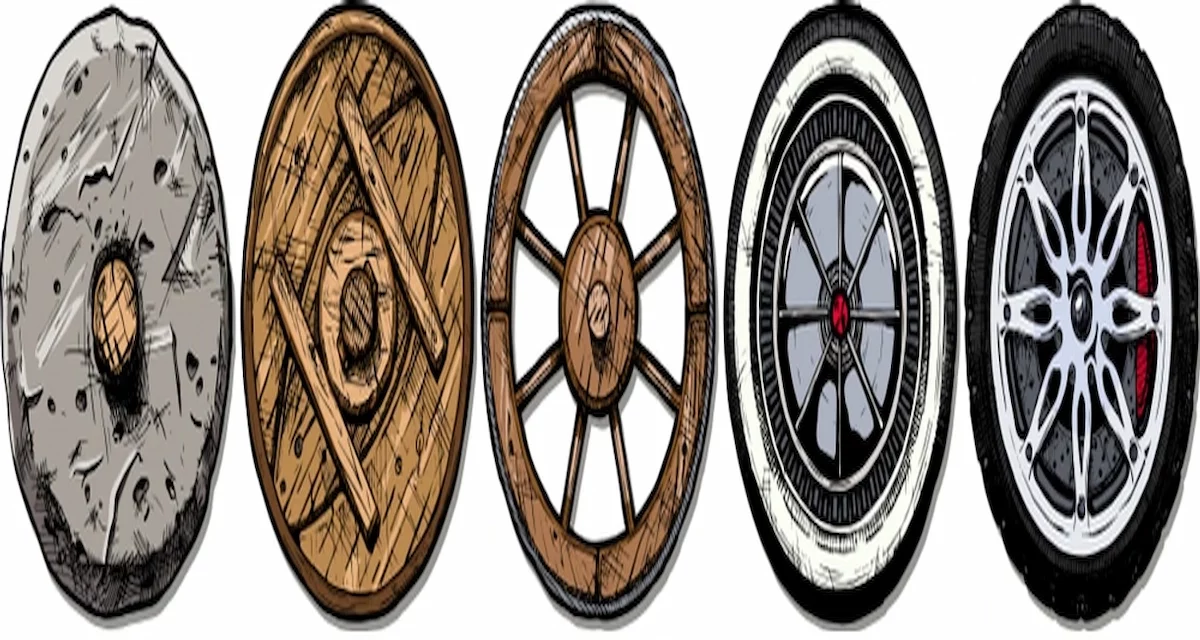
3. Money
The invention of money transformed economic systems, enabling the development of trade and commerce. Money replaced barter systems by providing a standardized medium of exchange that simplified transactions. This made it possible to accumulate wealth and develop more complex economic structures.
- First use: Ancient Mesopotamia around 3000 BC.
- The first coins: 600 BC. in Lydia (modern Turkey)
- Evolution: From clay tokens to coins and digital currencies
Money facilitated the development of the economy by standardizing the exchange of value, which made trade more efficient and reliable. The advent of coins, and later paper money, simplified transactions and contributed to the growth of markets and banking systems. Nowadays, digital currencies have further revolutionized financial transactions, providing new ways of doing business and managing wealth. The evolution of money reflects its central role in economic development and constant adaptation to technological progress.

4. Gunpowder
Gunpowder had a profound effect on warfare and defense mechanisms. His invention allowed the development of firearms and explosives, which transformed military tactics and fortification. The uses of gunpowder extended beyond warfare to include mining and construction, where it was used to break rock and clear land.
- Invented: Probably before 808 AD.
- Composition: Sulfur, charcoal and potassium nitrate
- Applications: Firearms, explosives and fireworks
Gunpowder changed the nature of warfare, enabling the development of powerful weapons such as cannons and muskets. This led to significant changes in military strategies and the construction of defense structures. In addition to military uses, gunpowder played a vital role in industrial activities, such as mining, where it was used to blast rocks and facilitate the extraction of minerals.

5. Compass
The compass revolutionized navigation and exploration by enabling accurate travel regardless of weather conditions. Before the advent of the compass, navigation relied on landmarks and celestial bodies, which limited exploration to favorable conditions. The compass enabled sea travel over long distances, which contributed to the era of Great Geographical Discoveries and the discovery of new lands.
- Invented: 11th century AD. in China
- Types: Magnetic compasses, originally used for divination
- Impact: Enabled accurate navigation regardless of weather conditions
The invention of the compass contributed to global exploration as it allowed sailors to orient themselves accurately over long distances. This led to the opening of new trade routes and the establishment of colonies, which significantly influenced the world economy and culture. The compass also played a crucial role in the development of cartography, increasing the accuracy of maps and contributing to the spread of geographical knowledge.
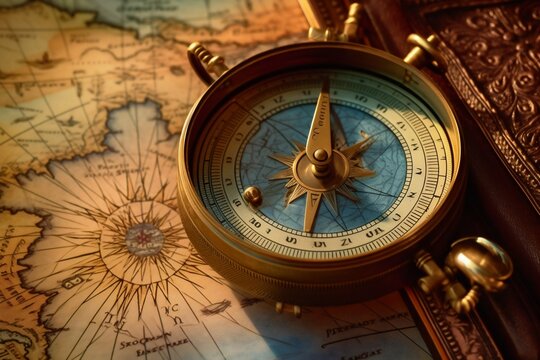
6. Printing press
The printing press significantly influenced the spread of knowledge, making books more accessible and cheaper. This innovation played a key role in the Renaissance and the Scientific Revolution, promoting the spread of new ideas and knowledge.
- Invented: 1450 by Johann Gutenberg
- Technology: Movable type for mass production of books
- Impact: Increasing literacy and spreading ideas
The printing press enabled the mass production of books, lowering their cost and making them available to a wider audience. This led to an increase in literacy and the democratization of knowledge as more people could afford to buy and read books. The printing press also facilitated the spread of scientific, religious, and political ideas, contributing to significant social and cultural change.
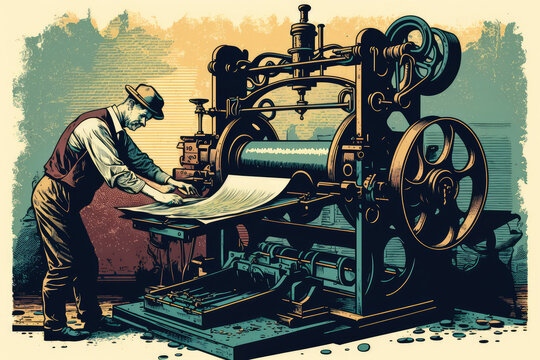
7. Microscope
The microscope opened new frontiers in science and medicine, allowing scientists to observe microorganisms and cell structures. This has led to significant advances in biology and medicine, improved our understanding of disease and improved medical treatments.
- Invented: 1590 by Zacharias Jansen
- Types: Simple and compound microscopes
- Applications: Biology, medicine and materials science
Microscopes played an important role in the discovery of bacteria and viruses, which revolutionized medicine. By enabling the detailed study of microorganisms, microscopes have enabled scientists to develop vaccines, antibiotics and other medical drugs that have saved countless lives. In addition to medical applications, microscopes are used in various scientific fields, such as materials science, where they help researchers understand the properties and behavior of various materials.
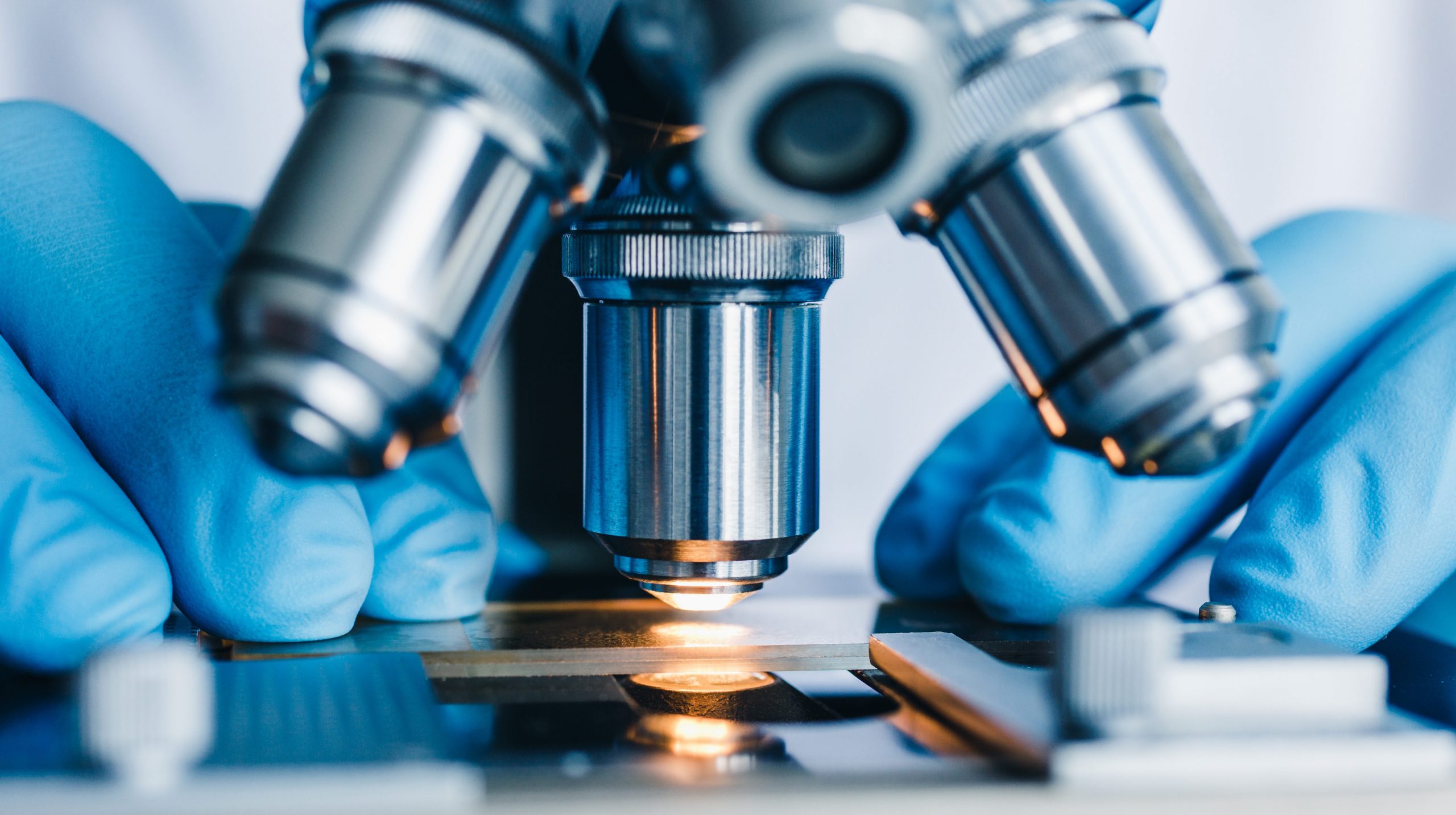
8. Steam engine
The steam engine was the driving force behind the Industrial Revolution, powering factories, ships and trains, transforming industry and transportation. It enabled mass production and the development of new production processes, contributing to economic growth and urbanization.
- Invented: 1698 by Thomas Savery
- Function: Used steam to power mechanical devices
- Impact: Increased productivity and efficiency in industry
Steam engines played a decisive role in the mechanization of industry, enabling the mass production of goods and the development of new production processes. This led to significant economic growth and the rise of industrial cities. The steam engine also revolutionized transportation by powering ships and trains, making it possible to move goods and people over long distances more efficiently.
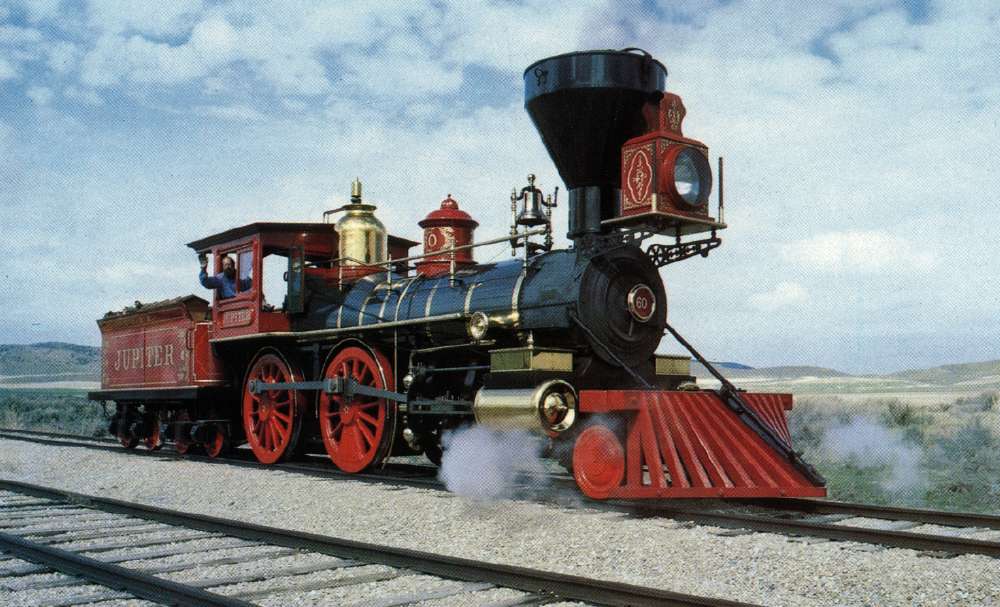
9. Electricity
Electricity has become a fundamental part of modern life, powering homes, businesses and electronic devices. The understanding and use of electricity has led to the development of numerous technologies, including lighting, telecommunications, and computers.
- Development: Late 1700s, with key contribution by Michael Faraday in 1831
- Use: Powering homes, businesses and electronic devices
- Impact: Revolutionized communication, industry, and everyday life
The discovery and use of electricity changed every aspect of modern life. It enabled the development of a wide range of technologies, from lighting and heating to telecommunications and computing. Electricity powers devices and systems that are an integral part of our daily lives, from household appliances to industrial equipment. Its role in communication technology, such as telephones and the Internet, has connected people and businesses around the world, facilitating global trade and the exchange of information.

10. Camera
Cameras have changed the way we document and share experiences, capturing moments and preserving memories. They play an important role in media, art and security, providing visual documentation and evidence.
- Invented: 1827 by Joseph Nicephorus Niéps
- Evolution: From Early Daguerreotypes to Digital Photography
- Usage: Personal, professional and security applications
Cameras have become ubiquitous, they are used in everything from personal photography to professional media production. They have revolutionized the way we document and share our lives, capturing moments in time and preserving them for future generations. Cameras are also important tools in various professional fields, including journalism, cinematography and security. Advances in photography, from the first daguerreotypes to modern digital cameras, have made photography more accessible and versatile, enabling new forms of artistic expression and documentation.

11. Internal combustion engine
The internal combustion engine revolutionized transportation, enabling the development of cars and trucks, buses, and airplanes. This innovation revolutionized travel and trade by facilitating the efficient movement of goods and people.
- Invented: 1862 by Jean Joseph Etienne Lenoir
- Application: Cars, trucks, buses and industrial equipment
- Impact: Enabled rapid transportation and operation of heavy machinery
The internal combustion engine made automobiles and airplanes possible, revolutionizing travel and commerce by providing efficient and reliable transportation. This innovation fueled the growth of industry and the global economy by enabling the rapid and efficient movement of goods and people. Internal combustion engines are used in a wide range of applications, from personal vehicles to industrial equipment, highlighting their versatility and importance.
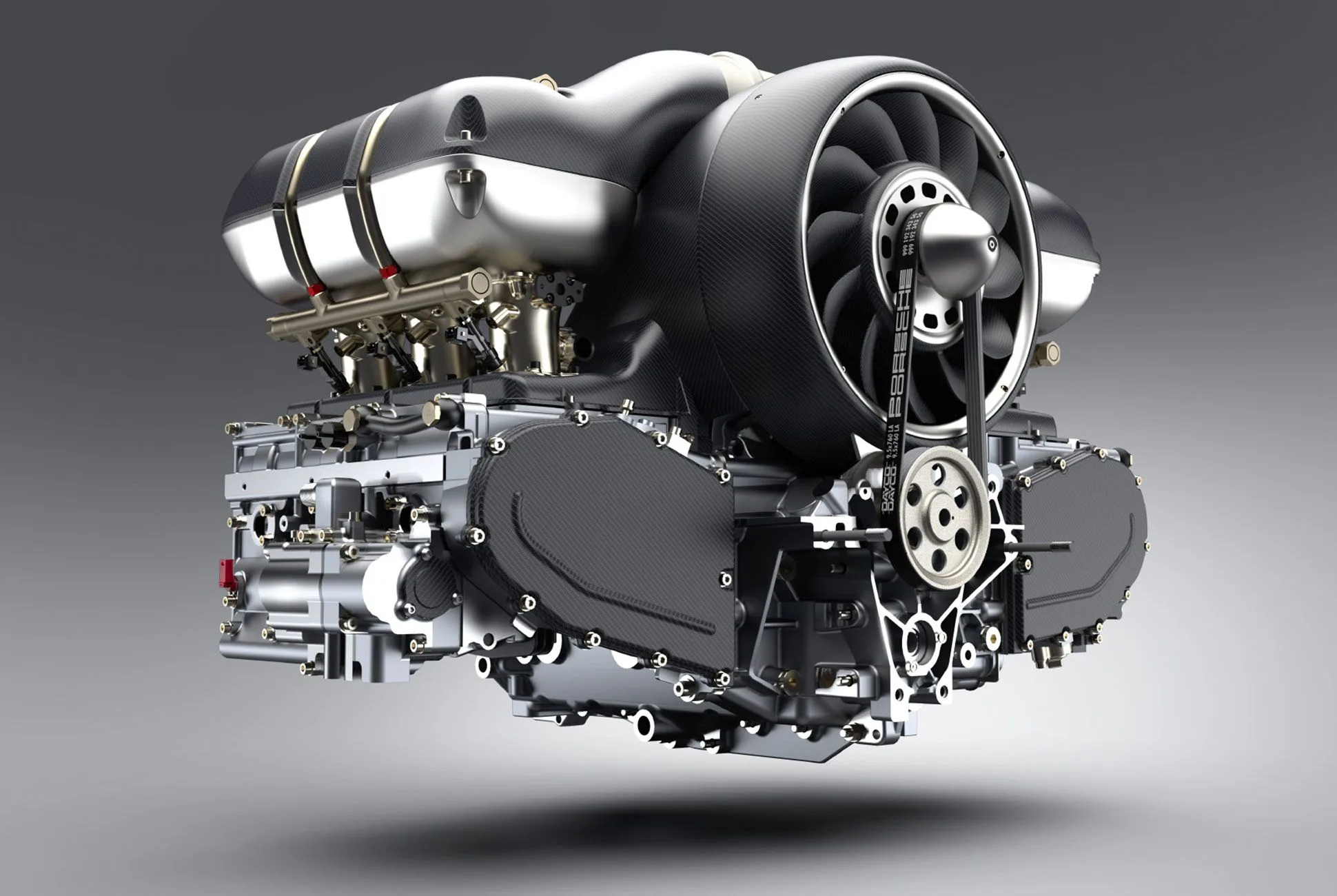
12. Computers
Computers have changed every aspect of modern life, supporting complex calculations, data management, and automation. They are an integral part of work, education and leisure, stimulating innovation in various fields.
- Development: Early 1800s, significant advances by Charles Babbage and later by John Atanasoff and Clifford Berry.
- Evolution: From large room-sized machines to portable devices
- Uses: Data processing, communication, entertainment, etc
Computers have become important tools in almost all areas of modern life – from work and education to entertainment and communication. They support complex computing and data management, enabling advances in fields such as science, engineering and medicine. The evolution of computers, from early mechanical devices to modern digital machines, has made computing more accessible and universal. Personal computers, laptops, and mobile devices are now ubiquitous, underscoring the importance of computers in today’s society.
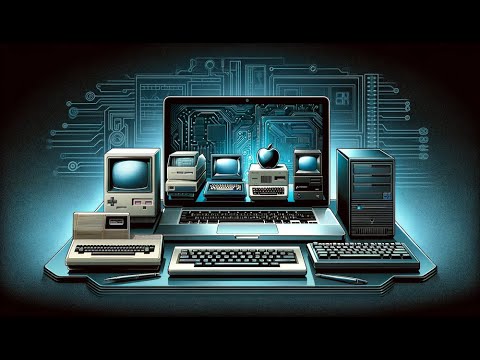
Conclusion
Technological innovation has played a key role in shaping human history. From the earliest tools of the trade to today’s digital advances, these innovations have transformed society, the economy, and everyday life. The constant development and application of new technologies continues to influence our world, offering new opportunities and solutions for modern challenges.